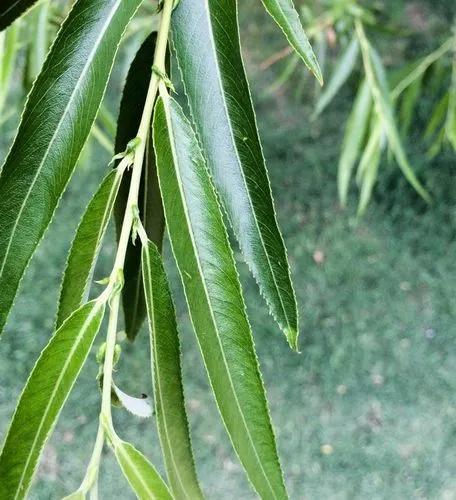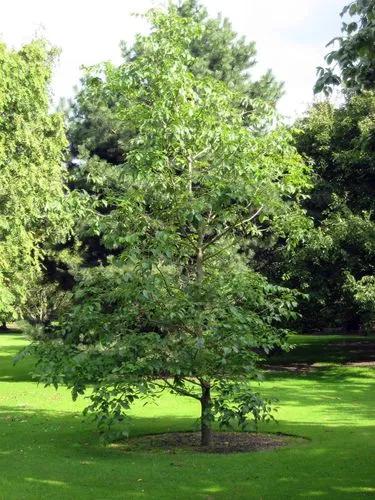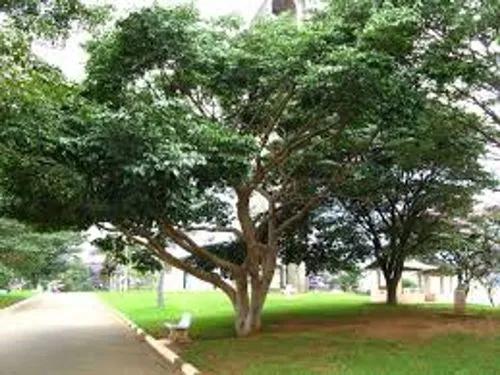Jacqueline Hillier' is a dwarf, slow-growing, densely-branched, cultivar that was discovered growing in a garden in Birmingham, England in the early 1960s. If left unpruned, it will typically grow in a shrubby form to 6-8' tall by 6-8' wide over the first 10-15 years, with an ultimate height of 10-12' tall.
Jacqueline Hillier Elm Care
Hollandica 'jacqueline Hillier'



How to Care for the Plant

Water

It is very adaptable to both dry and moist locations, and should do just fine under average home landscape conditions. Also note that when growing plants in outdoor containers and baskets, they may require more frequent waterings than they would in the yard or garden.

Fertilizer

As a garden shrub 'Jacqueline Hillier' Dwarf Elm requires little or no fertilizing, & too much nitrogen can in general stop elms from blooming. But bonsai has different criteria. To remain maximumly dwarfed, bonsai are pretty much starved for nutrients in the soil & not permitted room to develop large deep root systems. So that this does not result in actual ill health they are fed weekly beginning late winter & continuing until mid or late autumn. When spring buds begin to open, it needs a high nitrogen feeding once a week for a month, tapering to high nitrogen every two weeks & a more balanced lowered-nitrogen feeding on alternating weeks until summer's end, & finally a balanced low-nitrogen feeding for all of autumn plus for indoor specimens all of winter.

Sunlight

Best grown in full sun to part shade.

Soil

A soil composed of peat moss, loam, or sand, or any soil mixture with good drainage can be used. The soil should not be overly fertile.

Temperature

Provide good air circulation, with temperatures between 65 (18 °C) to 75 F (23 °C) and nighttime temperatures between 50 t(10°C) to 60 F (15 °C).
Discover more plants with the list below
Popular articles






